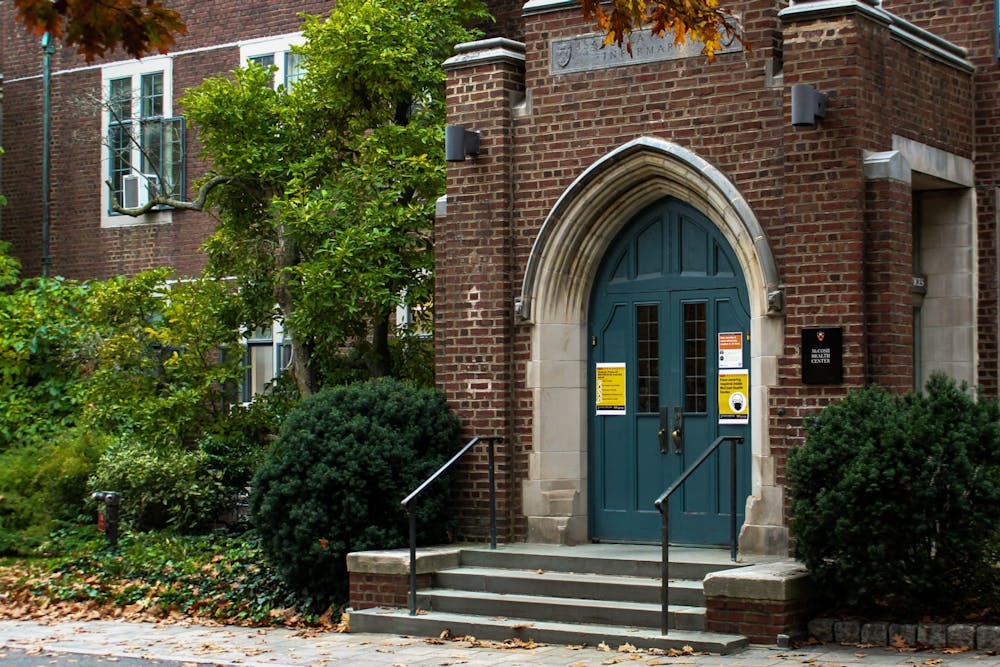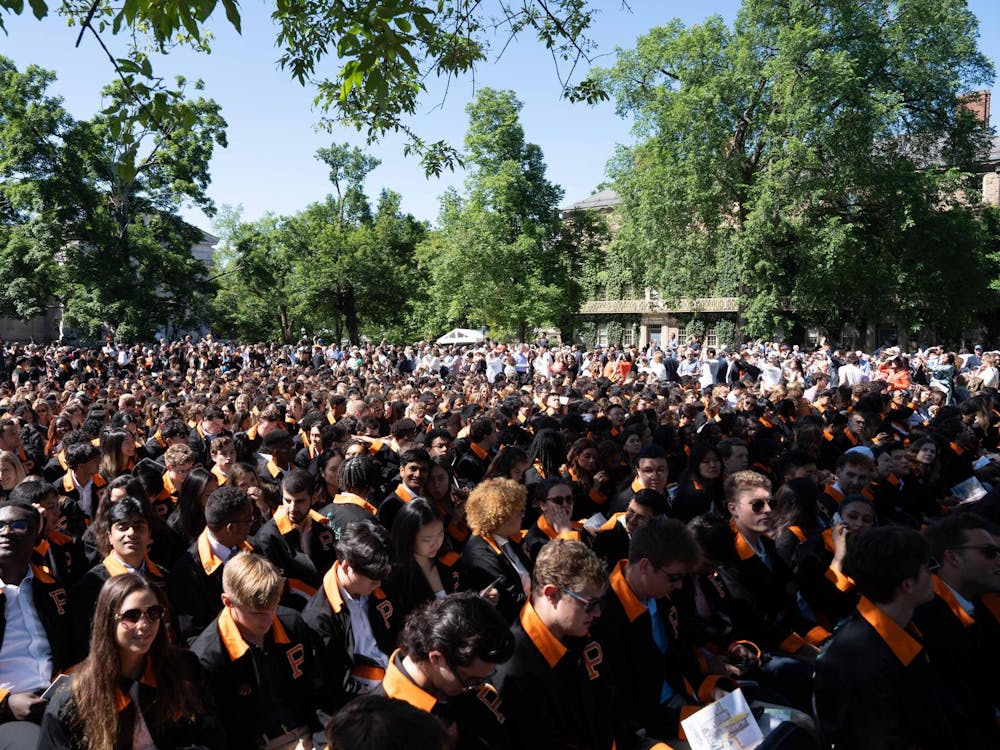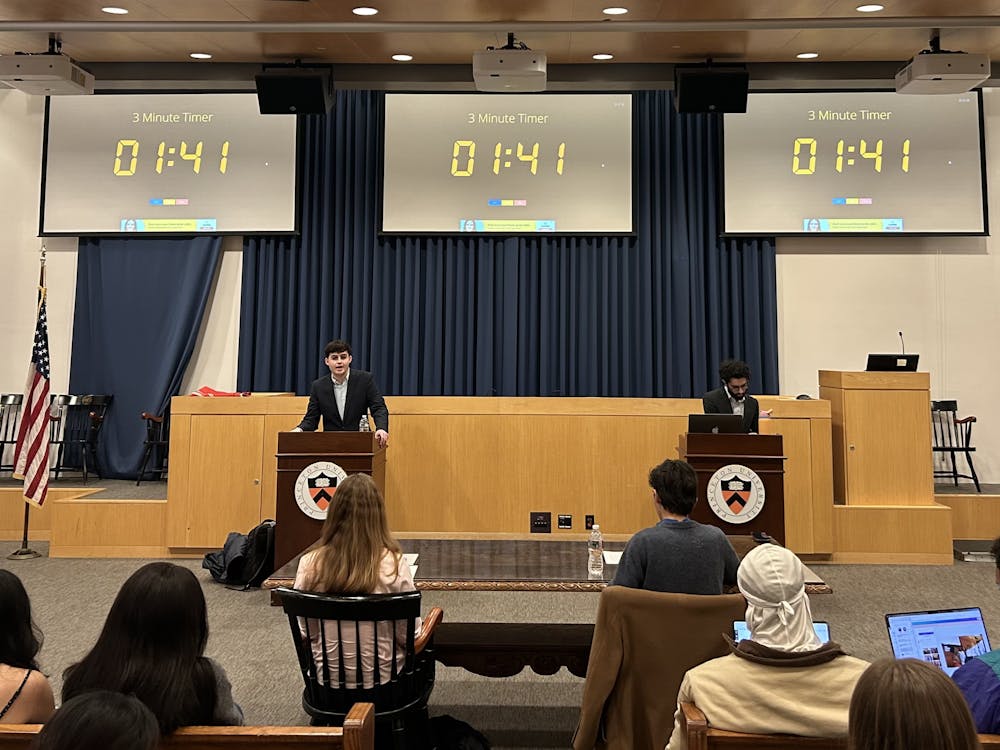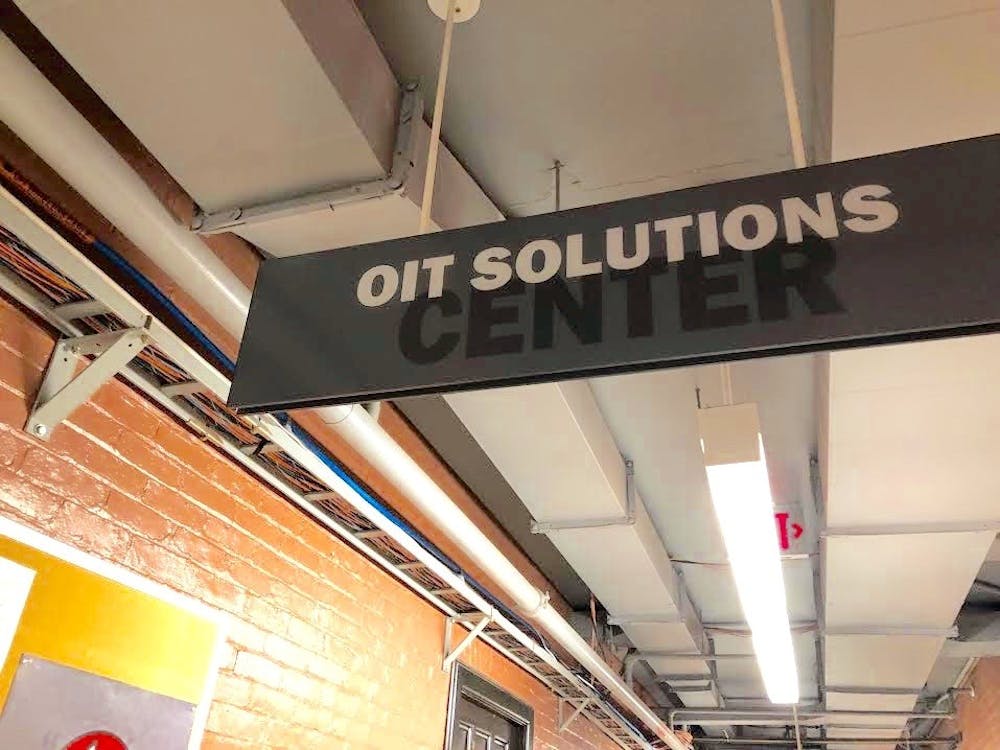Whether for routine checkups or “frosh flu” treatment, many Princeton students will visit University Health Services (UHS) at the McCosh Health Center at least once. By contrast, far fewer people will visit Princeton Medical Center (PMC), but those who do are often in for a nasty surprise — a much higher medical bill.
This is not an unfortunate inevitability, but rather a direct result of the University’s policy decisions. Princeton’s Student Health Plan (SHP) was foundationally designed around covering coinsurance (a percentage of healthcare costs) rather than copays (a fixed amount) and includes comparatively lower reimbursement on out-of-network care. The University should switch from a coinsurance plan to a copay to reduce undue financial burdens on students and bolster existing emergency funds.
The SHP is by far the most common health insurance plan on campus. All current graduate students are automatically enrolled, and undergraduates who do not have a health care plan that is deemed satisfactory by the University’s rigorous standards are required to enroll. Many students do not qualify and are consequently forced to enroll in the SHP — even Medicaid is not considered a satisfactory plan despite being the second-most popular form of medical insurance in America (behind only employment-based coverage). In total, the SHP covers 46 percent of undergraduates on campus, according to the Office of Communications.
For the majority of Princeton students, the SHP provides exceptional coverage if you stay within UHS. As of the 2024–25 academic year, it costs $3,510 to receive coverage — this is incredibly affordable considering that the national monthly average premium cost is $1,178, which adds up to over $14,000 annually. Although this new cost represents a $360 increase from last year, the University adjusts financial aid in order to ensure that the cost does not inhibit a student’s ability to enroll at Princeton. Students who receive full financial aid do not incur any additional costs through SHP. The plan, accessed through Aetna’s student insurance, is fairly comprehensive and covers the majority of various student expenses such as checkups, laboratory tests, some prescription drug costs, and vaccination. When these services are accessed through the McCosh Health Center, many are even free.
However, the SHP isn’t perfect — prioritizing coinsurance, rather than a copay presents a challenge outside of standard services. Copays are fixed out-of-pocket costs for each service covered by insurance. In comparison, coinsurance forces individuals to pay a percentage of their healthcare costs. To put this in perspective, consider this: if you receive a service that costs $20 and you have a plan with a $20 copay, you would pay $20. In comparison, if you have a plan with 90 percent coinsurance, you would pay two dollars. But what if you were to require a service that costs $2000? In that case, you would still pay $20 with the copay plan; however, you would need to pay $200 with the coinsurance plan.
Although coinsurance is an acceptable policy for most standard medical expenses, it can come back to bite people when they seek out emergency services, which are far more expensive on average. In particular, New Jersey ranks as the number one state for Emergency Department visit costs, with the average bill ranging around $3,750.
This cost is exacerbated by the fact that emergency services are often much more likely to be accessed through out-of-network providers, and given that the SHP has only 70 percent coinsurance for out-of-network care, students could be on the hook for 30 percent of the cost even after they have paid the deductible in full. As a result, a single visit could easily cost well over $1,000 in out-of-pocket expenses for a student if the services happen to be provided by an out-of-network provider, especially in cases in which students are receiving care in emergency situations and they don’t have the chance to inquire about their health provider’s network. Furthermore, it could be incredibly difficult for students to know whether an emergency services provider is in- or out-of-network. 20 percent of Americans who go to an in-network hospital are still given a bill for out-of-network care from a doctor and 50 percent of ambulance rides generate an out-of-network bill.
Although these costs may seem as though they would be rare or isolated, these costs can hit Princeton students in unexpected ways. During the academic year, students need care from professionals UHS does not have or students who are in a condition that could be life-threatening are often sent to Princeton Medical Center (PMC). Unlike UHS, services provided at PMC are not free and, based on the coverage provided by the SHP, the costs of a single trip via ambulance to PMC can be significant, even nearing the $1,000 mark if the provider happens to be out-of-network. Additionally, being sent to PMC is no rarity. In cases of alcohol poisoning on campus, students will be sent off to PMC in an ambulance, which may cost as much as 400 dollars for the approximately 4 mile trip. In some cases, students could request not to be taken to PMC by ambulance, but then be charged hundreds of dollars involuntarily if their request is denied. With this knowledge, students who may be unable to pay such a cost out-of-pocket will likely feel pressure to not seek medical attention — or be forced to receive emergent care they can not reasonably afford when they lack the capacity to consider those costs.

The University has made steps to address the problem of these out-of-pocket costs through various supplementary initiatives that students can apply to and be awarded money to cover their medical costs, with the Special Needs Fund being one of the main initiatives to date — an emergency fund for students who find themselves with unexpected financial needs. However, these measures are inadequate. For example, the Special Needs Fund is critically capped at only $300 allotted per student over the course of an academic year, and other resources, such as the Dean’s Emergency Fund, generally only grant up to $500. For some students, the limited nature of this support could be devastating. For reference, the cap for individual expenditures on the SHP is $5,000 for medical and $1,350 for prescriptions, which adds up to $6,350 in combined costs. A small grant of $500 wouldn’t go a long way in covering such expenses for students faced with high individual expenditures, forcing students into difficult financial positions.
It doesn’t need to be this way. Some of Princeton’s peer institutions have done a much better job at alleviating the financial burden of an unexpected medical expense. For instance, Brown University provides free ambulance services to students with medical emergencies. Princeton can and should follow models like this.
In order to prevent health-care related financial catastrophes, the University should alter the student health plan to provide increased coverage for all medical services. They should take on a copay model, rather than a coinsurance model, in order to decrease the risk of a student becoming stuck with thousands of dollars in medical costs on the University’s watch. Moreover, they should allocate additional dollars to funds like the Special Needs Fund to help students who have multiple health emergencies over the course of the academic year. The University has the resources to provide better support to students with medical emergencies — there’s no excuse for their inaction.
Davis Hobley is a columnist for the ‘Prince,’ and a member of the Class of 2027 who intends to major in Neuroscience. He hails from Rochester, Mich. and can be reached by email at dh2172[at]princeton.edu or his personal Instagram @davis_20.23.









